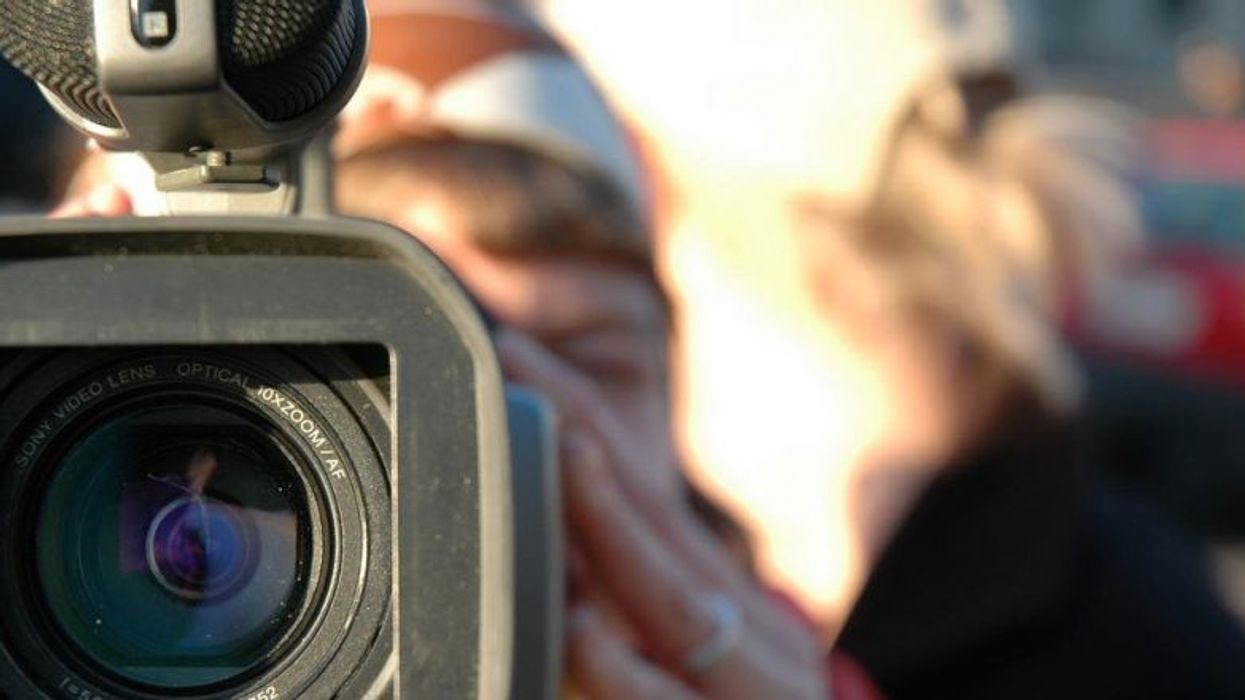3 Epic B-Roll Transitions You Need to Know About
Bump up your B-roll game with these helpful tips.

One of our favorite creators on YouTube is Daniel Schiffer. His channel is quintessential for filmmakers of all levels as he casually takes you behind-the-scenes on his creative process. As much as No Film School dives into gear, we ultimately want to encourage you to go out and shoot...to not wait for that $1,500 camera that has 4:4:4 chroma sub-sampling and 15+ stops of dynamic range. We have never once walked out of a movie and said, "Well, it could have been better if those highlight rolloffs weren't an utter disaster." The gear you use isn't going to make you a better filmmaker, but experience will.
When it comes to shooting B-roll, Schiffer is somewhat of a savant as he tries to push creativity to new heights by not repeating himself. But even he admits he has his own trademarks, and has shared how you can do them too, or better yet, tweak them with your own fresh spin. Check 'em out.
The Elevator
The transition moves the viewer through the space in a vertical motion from one level to the next. It's a great way to quickly pass time using a moving camera. Instead of showing a subject going from point A to B, you can use the transition as a way to speed up the story. Let's say a character is running to a subway station, you could film their feet hitting the ground, and transition the camera through a cement-like surface to pop up on the other side where they are already at the subway station stairs. It could also be an interesting technique to use in a fight sequence where the camera mimics a kick or punch going through the body and out the other side.
They key to perfecting the move is finding the right texture that can blend the two shots. Then in post, you can speed up the camera movement and add sound effects to give it punch.
The Cross-Dissolve
This transition uses a similar principle in that you want to find comparable colors or textures between the videos. You essentially don't want to jar the viewer visually, but keep in mind, these rules are not dogma. If you find that something works for your story, or if you want to manipulate the audience in a specific way, go for it. These are just the building blocks that can expand your creativity. When operating the camera for both shots, it's important to try and match the speed and pace. While you can manipulate this later in post, you should start out as evenly as possible.
Post Whip Pan
Whip pans are nothing new. In fact, all three of these transitions have been around for some time. But knowing you can create a whip pan in post can help save a scene, especially during action sequences. When you find yourself in the editing room, there can be a moment where a scene doesn't have enough energy or maybe the actor didn't quite finish the performance. You could use a whip pan to cleverly connect to two performances. Let's say two actors are fighting and one punches another in the face. It's a really good punch but for some reason, the actors fell out of character. Then the first punch on the second take isn't as good, but the rest of the performance is perfect. You can blend those two takes using a whip pan and pick up the action from where the first take left off.
Have any favorite B-roll transitions? Share them in the comments below.











